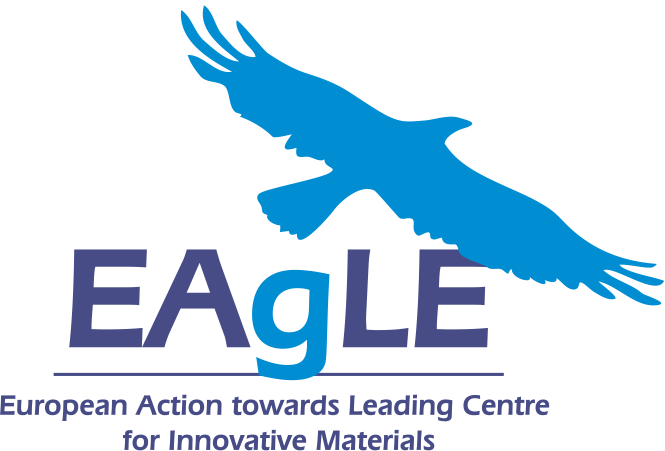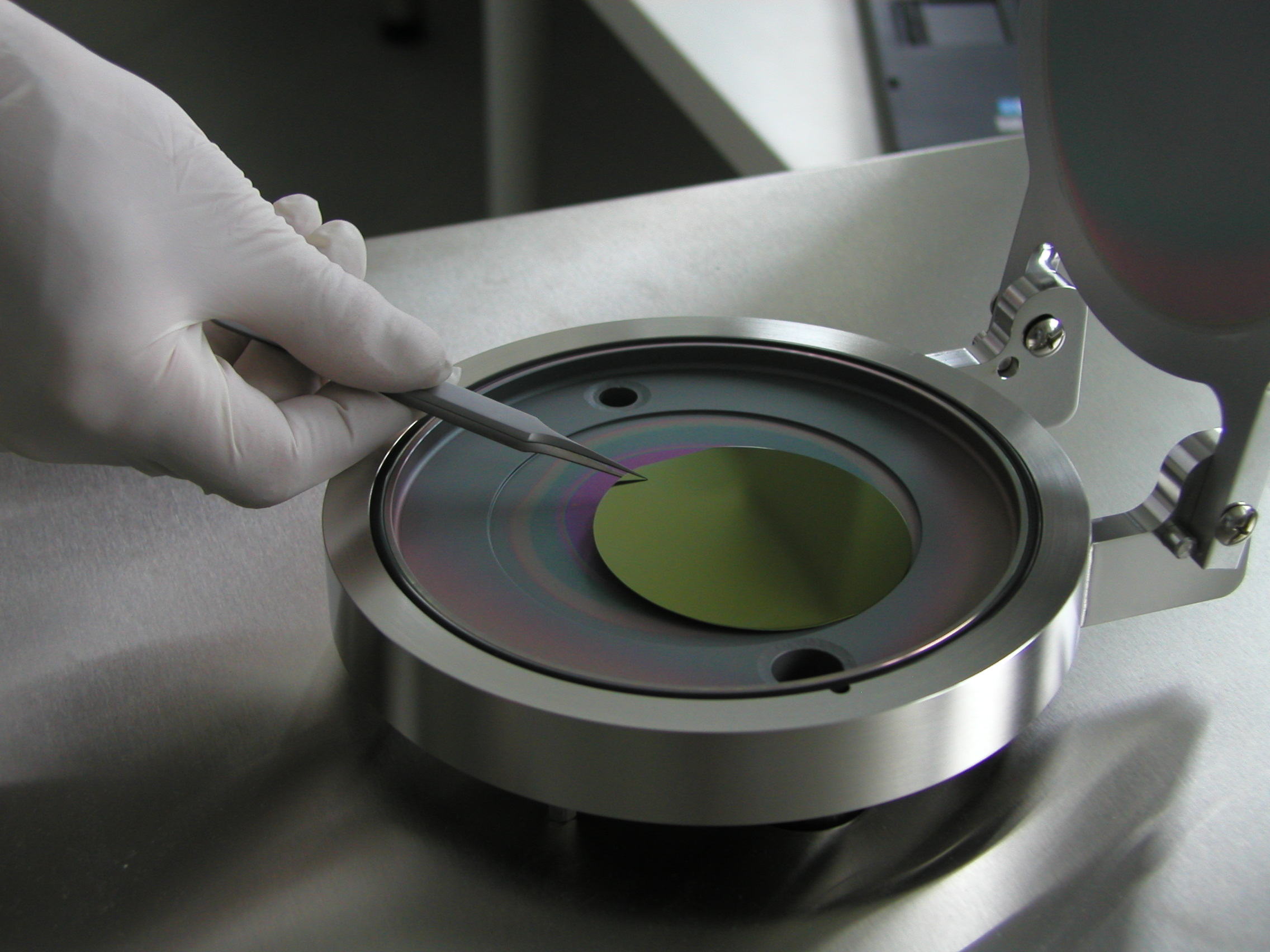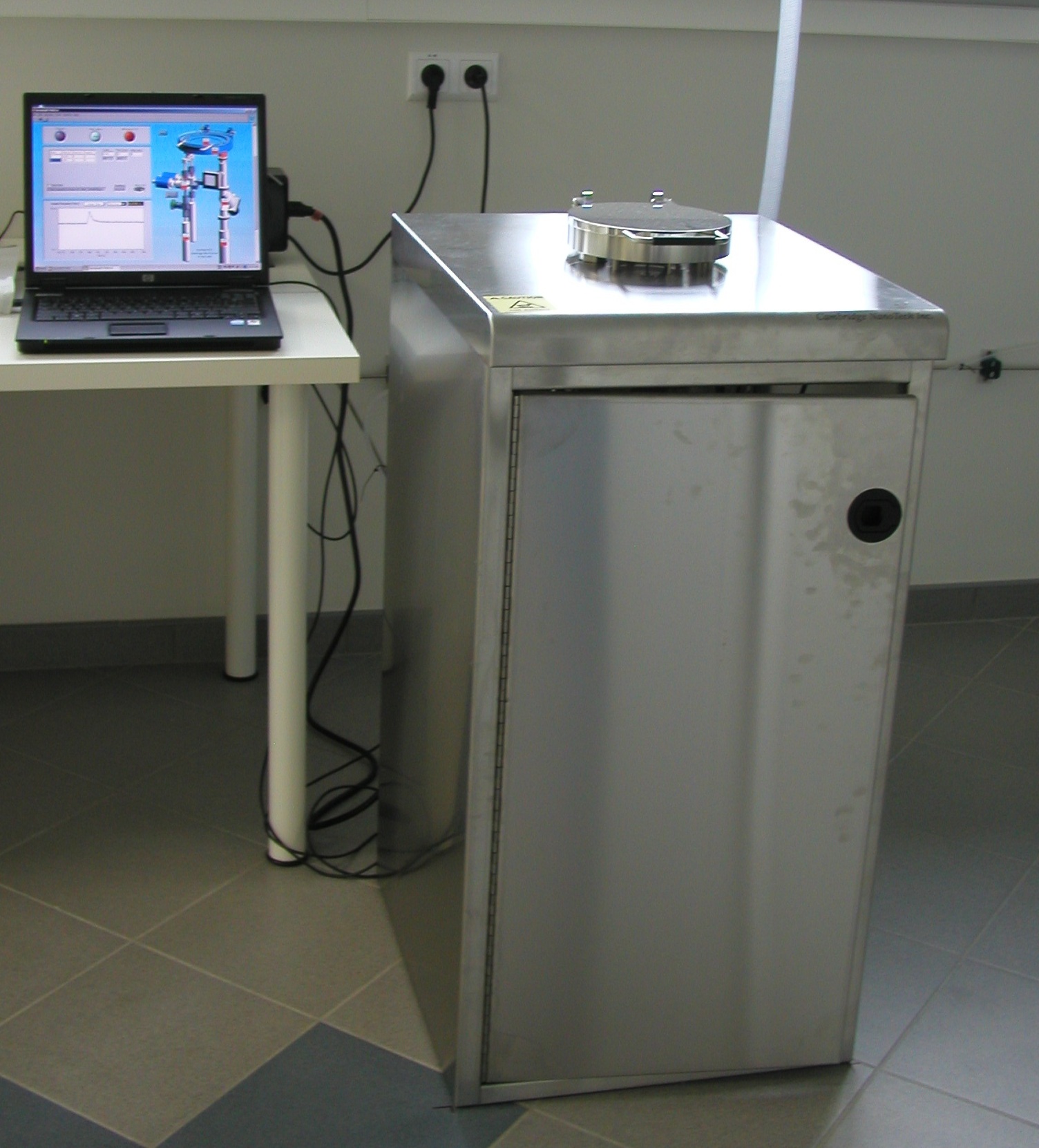

Atomic Layer Deposition (ALD) | ||||
DescriptionAtomic layer deposition (ALD) is a thin film deposition technique which is based on the sequential use of a gas phase chemical process. The majority of ALD reactions use two chemicals, typically called precursors. ALD is similar in chemistry to chemical vapor deposition (CVD), except that the ALD reaction breaks the CVD reaction into two half-reactions, keeping the precursor materials separate during the reaction. Separation of the precursors is accomplished by pulsing a purge nitrogen gas after each precursor pulse to remove excess precursor from the process chamber or reaction by-products. In the ALD system, layers may be formed in a synthesis reaction, a single or double chemical exchange, depending on the type of precursors used.
Specification
ApplicationsALD is studied as a potential technique to deposit high-k gate oxides, high-k memory capacitor dielectrics, ferroelectrics, and metals and nitrides for electrodes and interconnects. In high-k gate oxides, where the control of ultra thin films is essential, ALD came into a wider use at the 45 nm technology. In dynamic random access memories (DRAMs), the conformality requirements are even higher and ALD is the only method which can be used, when feature sizes become smaller than 100 nm. ALD technology allows growth in a controlled way thin films, receiving of monocrystalline, polycrystalline or amorphous layers of a range of materials.
|
| |||


